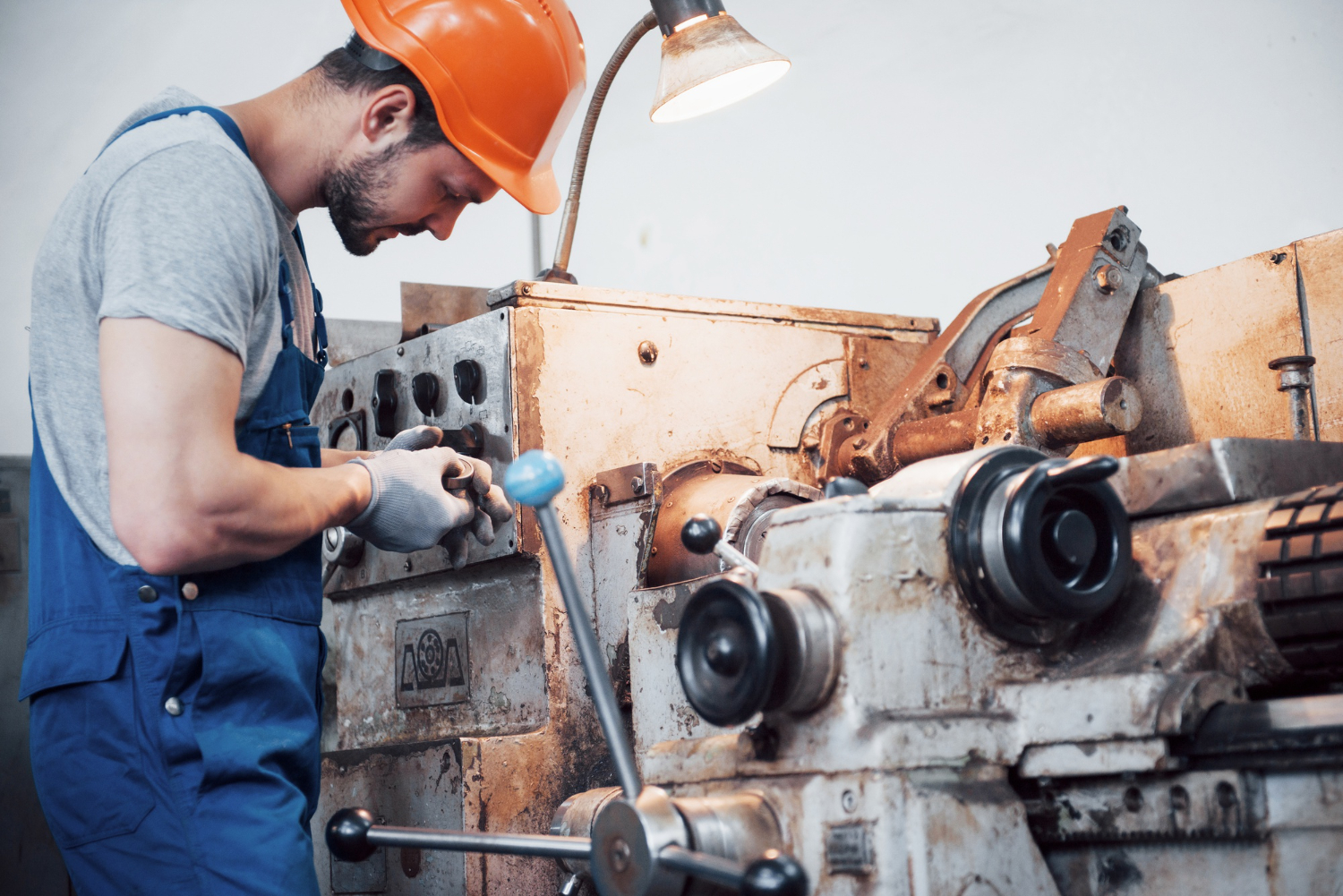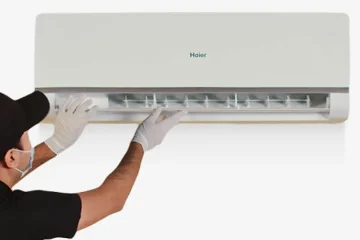In the realm of power generation and heavy industry, steam turbines play a crucial role in converting thermal energy into mechanical work, which ultimately drives electrical generators or mechanical equipment.
These complex machines are the heart of many industrial operations, and their continuous and efficient functioning is paramount to operational success. However, like all mechanical systems, steam turbines are susceptible to wear and tear, malfunctions, and breakdowns.
This is where steam turbine repair companies step in, ensuring operational continuity and preventing costly downtimes. This article delves into the critical role of steam turbine repair companies in maintaining and enhancing the performance of these essential machines.
The Importance of Steam Turbines in Industry
Steam turbines are integral to various industries, including power generation, petrochemicals, and manufacturing. Their ability to efficiently convert steam into mechanical energy makes them a preferred choice for large-scale energy production and heavy industrial applications. In power plants, steam turbines are central to generating electricity, making them indispensable for meeting energy demands.
Given their significance, any disruption in the operation of steam turbines can have far-reaching consequences. Unexpected downtimes can lead to production losses, increased operational costs, and, in severe cases, contractual penalties. Therefore, maintaining the optimal performance of steam turbines is crucial for operational continuity and economic viability.
The Role of Steam Turbine Repair Companies
Steam turbine repair companies specialize in the maintenance, repair, and refurbishment of steam turbines, ensuring these complex machines operate efficiently and reliably. Here’s how they contribute to operational continuity:
1. Preventive Maintenance
One of the primary roles of steam turbine repair companies is to provide preventive maintenance services. Regular inspections and maintenance activities are essential to identify potential issues before they escalate into major problems. Preventive maintenance includes:
- Routine Inspections: Regularly scheduled inspections to check for wear and tear, corrosion, and other signs of potential failure.
- Component Testing: Testing critical components such as blades, rotors, and bearings to ensure they are within operational specifications.
- Lubrication and Cooling: Ensuring that lubrication and cooling systems are functioning correctly to prevent overheating and excessive wear.
By conducting these preventive measures, repair companies help in avoiding unexpected breakdowns, thus ensuring continuous operation.
2. Expert Diagnosis and Troubleshooting
When a steam turbine malfunctions, it requires expert diagnosis to identify the root cause of the issue. Steam turbine repair companies have the expertise and advanced diagnostic tools to accurately diagnose problems. This involves:
- Vibration Analysis: Using vibration analysis to detect abnormalities in the turbine’s operation, which can indicate issues such as misalignment, imbalance, or bearing faults.
- Thermographic Inspections: Employing thermal imaging to identify hotspots and potential thermal issues within the turbine.
- Non-Destructive Testing (NDT): Utilizing NDT techniques such as ultrasonic testing and radiography to detect internal flaws without dismantling the turbine.
Accurate diagnosis enables timely and targeted repairs, minimizing downtime and restoring the turbine to optimal performance quickly.
3. Skilled Repairs and Refurbishment
Steam turbines are intricate machines with many moving parts, each requiring precise alignment and calibration. Repair companies employ skilled technicians who are trained to handle these complexities. Key repair activities include:
- Blade Repair and Replacement: Repairing or replacing damaged turbine blades to restore efficiency and balance.
- Rotor Refurbishment: Refurbishing or replacing rotors that have suffered from wear or damage.
- Bearing Replacement: Ensuring bearings are in good condition to prevent friction and overheating.
In addition to repairs, refurbishment services can extend the lifespan of a turbine by upgrading components and improving performance. This not only ensures operational continuity but also enhances the efficiency and output of the turbine.
4. Emergency Response and Rapid Repairs
Despite the best preventive measures, emergencies can still occur. Steam turbine repair companies provide emergency response services to address unexpected failures promptly. Rapid repair services include:
- 24/7 Availability: Offering round-the-clock services to respond to emergencies at any time.
- On-Site Repairs: Dispatching technicians to the site to perform immediate repairs and minimize downtime.
- Temporary Solutions: Implementing temporary fixes to keep the turbine operational until a permanent repair can be completed.
Quick response times are crucial in mitigating the impact of unplanned outages and maintaining operational continuity.
5. Upgrading and Modernization
As technology advances, upgrading and modernizing steam turbines can significantly enhance their performance and efficiency. Steam turbine repair companies offer modernization services that include:
- Control System Upgrades: Implementing advanced control systems for better monitoring and optimization of turbine operations.
- Efficiency Improvements: Retrofitting turbines with modern components designed to enhance efficiency and reduce fuel consumption.
- Environmental Compliance: Upgrading turbines to meet the latest environmental regulations and standards.
These upgrades not only ensure the continued operation of steam turbines but also improve their competitiveness and sustainability.
The Economic Impact of Effective Steam Turbine Repair
Investing in the services of steam turbine repair companies has a substantial economic impact. The benefits include:
1. Reduced Downtime
Effective maintenance and rapid repairs minimize downtime, ensuring that industrial operations continue without significant interruptions. This continuity is vital for meeting production targets and contractual obligations.
2. Cost Savings
Preventive maintenance and timely repairs reduce the likelihood of catastrophic failures, which can be extremely costly to fix. By addressing issues early, businesses save on extensive repair costs and avoid the financial losses associated with prolonged downtimes.
3. Extended Equipment Lifespan
Regular maintenance and refurbishment extend the lifespan of steam turbines, delaying the need for costly replacements. This maximizes the return on investment and ensures long-term operational efficiency.
4. Enhanced Efficiency and Performance
Upgrades and modernizations improve the efficiency and performance of steam turbines, leading to lower operational costs and higher output. This is particularly important in industries where energy efficiency is directly linked to profitability.
5. Compliance and Risk Management
Adhering to maintenance schedules and upgrading turbines ensures compliance with safety and environmental regulations. This reduces the risk of regulatory fines and enhances the overall safety of operations.
Conclusion
Steam turbine repair companies play a pivotal role in ensuring the continuous and efficient operation of steam turbines, which are critical to numerous industrial processes. Through preventive maintenance, expert diagnosis, skilled repairs, rapid emergency response, and modernization services, these companies bridge the gap between potential operational disruptions and sustained productivity.
Investing in the services of a reliable steam turbine repair company not only safeguards against unexpected downtimes but also enhances the overall performance and longevity of the turbines. In an era where operational efficiency and reliability are paramount, the role of steam turbine repair companies is indispensable. By maintaining these vital machines, they ensure that industries can meet their production goals, reduce costs, and stay competitive in the market.



